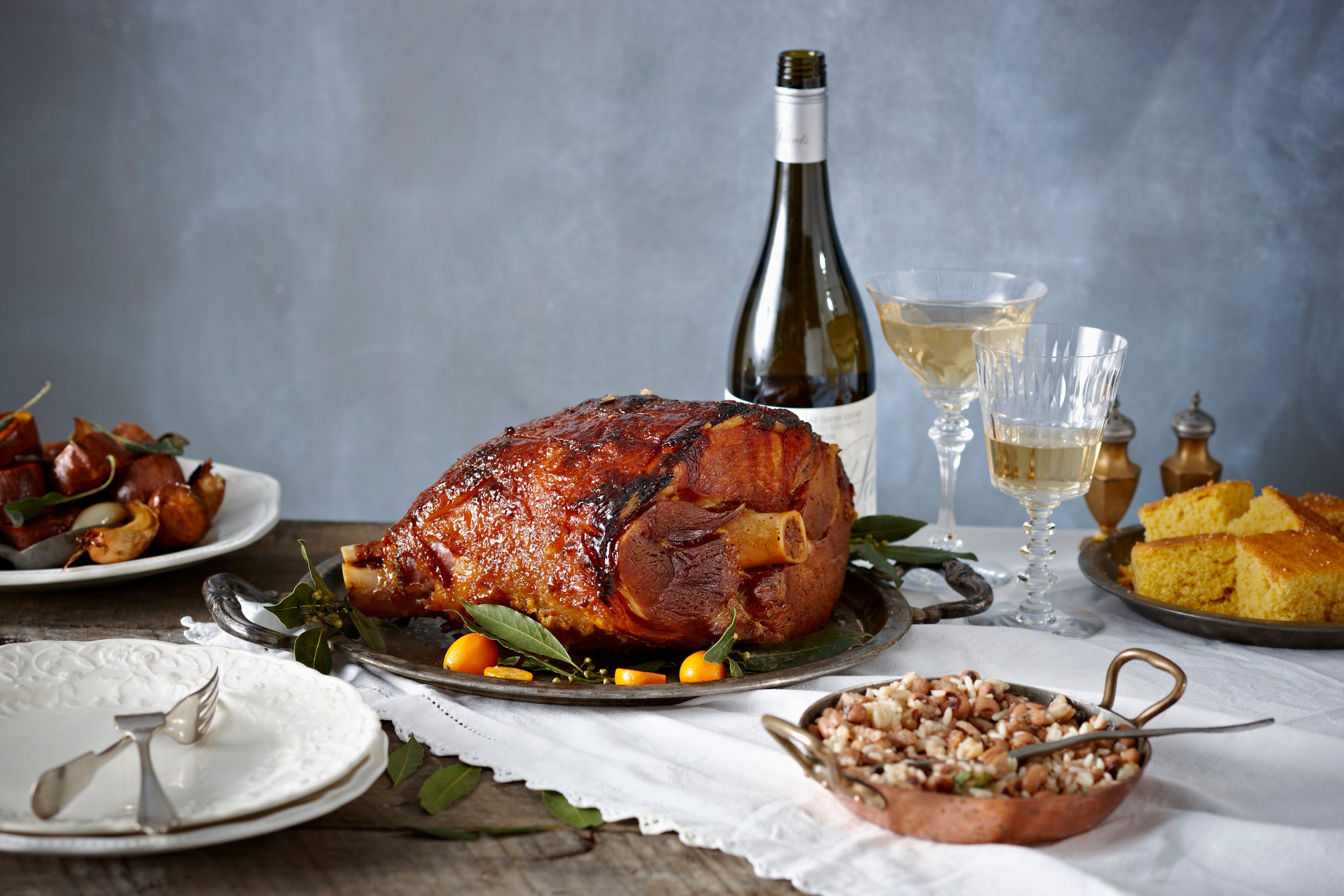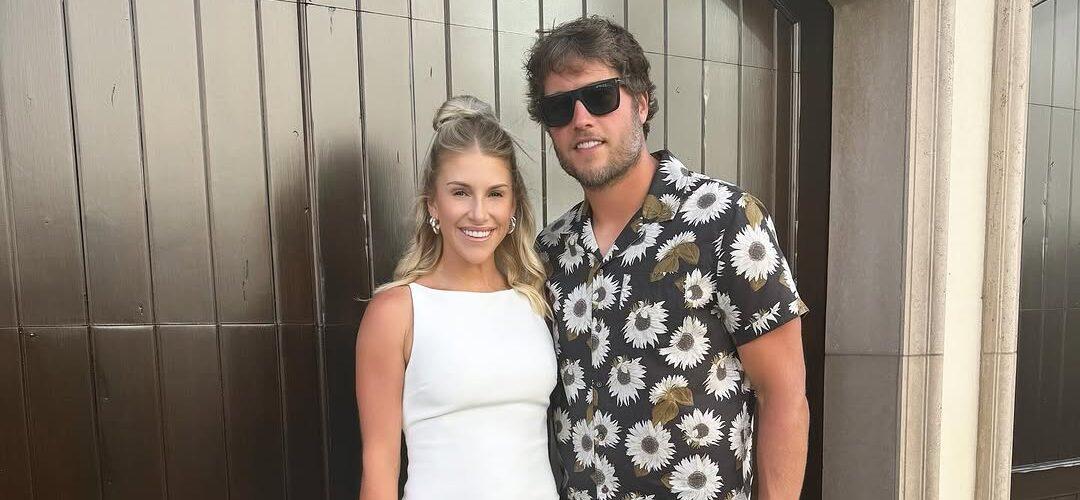Keli Goff may not be on social media, but her camera roll is like its own feed. Her treasure trove of photos includes everything from the TV-writer-turned-fashion-collector wearing emblematic Patrick Kelly dresses, to front row snaps next to friends at Sergio Hudson’s runway shows, to shots of her “cl-office,” an old apartment that Goff turned into a dedicated closet for all the vintage she’s collected over the years. (Encouraged by curators, she eventually moved it all to high-end art storage; more on that later.) For Goff, what started as intentional shopping evolved into something much deeper than clothes.
When the Texas-born creative moved to New York in 1999, working as a journalist and political correspondent early on, she would need chic outfits for events, and affordability was a priority. This led her to shopping vintage. Her keen eye for fashion proved itself from an early point: “There was a flea market that was at Avenue B and 10th, and I got these 1960s evening suits. I bought them separately for 20 bucks a piece. I remember the first time I wore them to a fancy event in New York. Women kept stopping and asking me who it was by, and I literally bought it at a flea market for $20,” she tells ESSENCE, while wearing Patrick Kelly buttons she re-purposed into earrings, a Busayo dress, and Shekudo shoes. Growing up with a stylish mom who loved watching movies and analyzing costumes, it’s no wonder she developed such a sharp sense of style.
What started as Goff’s savvy shopping habit became something deeper and historical over the years. She may have started buying vintage clothing that caught her eye, but that changed after a story she wrote on Black designers for the Daily Beast in 2015. “After that, I started trying to look online to see if I could find pieces by them,” the TV writer, with credits on “Black Lightning” as well as “And Just Like That…,” recalls. This became a sort of turning point in how she shopped. One of the first pieces she bought after that article was by Isaia Rankin, a designer foundational to what we now know as athleisure. She has since amassed an abundant collection that includes lettuce-hemmed clothes by Stephen Burrows, a gown by Ann Lowe, newer garments by contemporaries like Sergio Hudson and LaQuan Smith, Tracy Reese, and much more throughout her expansive catalog, including a first edition book by Elizabeth Keckley.
Her most prized pieces, however, are arguably those by Patrick Kelly, of which she has a ballpark of around 50. Stars like Grace Jones wore his clothes, and Naomi Campbell modeled them, too. Kelly was the first American designer admitted to France’s prestigious body governing ready-to-wear, the Chambre Syndicale du Prêt-à-Porter. Goff may have at first gravitated towards his garments—famous for their use of bright colors and prints, in addition to innovative silhouettes—for aesthetic pleasure, but she realized over time that she connected to something more profound.
“I’m very proud of the fact that my dad grew up on a dairy farm. My mom and her family picked cotton,” she tells ESSENCE. Goff’s mother has told her stories about how her grandmother used to make clothes for the family with food sacks before cleaning them and sewing them “so [that] they could have printed dresses, even though they didn’t have a lot of money.”
The late Mississippi-born designer’s work, which famously uses buttons of multiple colors on one piece, mirrors Goff’s grandmother’s creativity. Kelly’s “family picked cotton too, and his grandmother, because they didn’t have a lot of money, rarely had matching buttons when she would make things. He was like, ‘I’m gonna take the thing that kind of marked us as poor and make it hot.’ And he turned it into this iconic look,” Goff notes.
Gifting pieces from her collection to museums and cultural institutions has become paramount to Goff, whose shopping turned into collecting, then preservation. She was bi-coastal for years, splitting her time between work in Los Angeles and NYC, but when she started diving into work for “And Just Like That…,” the “Sex and the City” spinoff, she hunkered down in the Big Apple.
She eventually needed a dedicated space for all the clothes she had collected in both cities, and so the “cl-office” was born. Stepping inside felt like walking into an enchanted fashion time capsule. The Emmy-nominated “Reversing Roe” producer has since left that space and moved items to dedicated art storage to better preserve them. This was something her curator friends encouraged for years, but the Palisades fires helped her realize how vital it was to protect the irreplaceable. If her pieces were lost in the fire, so would their history, no longer tangible.
Her relationships with galleries and museums started with the Texas Fashion Collection, founded in 1938 by Neiman Marcus and now stewarded by the University of North Texas. Her pieces have now been shown at the Pratt Manhattan Gallery, and Goff is in talks with major national and international museums about donating items. Her collection is uniquely keeping fashion history alive, especially Black and American history.
“Historically, cultural institutions in the United States have reinforced systems of power, and marginalization that happens outside their walls is often amplified within them. Black cultural history is no exception, and we collectively benefit from the work that pioneering individuals have undertaken to preserve artifacts when powerful institutions have neglected their responsibilities,” Texas Fashion Collection Director Annette Becker tells ESSENCE. “Objects hold histories and allow us to connect with humanity that reaches beyond our own existence.”
Adrienne Jones, Pratt Institute fashion professor and co-curator of the Black Dress Exhibit II: Homage (which featured Goff’s pink zebra Patrick Kelly jacket), compares Goff’s assemblage to that of Iris Apfel’s. “I’m waiting for the day she gets a call from the Met,” Jones says. “Keli has something that’s very specific and very important to American history. And it’s not just Black history, it’s American history. We were the tailors, we were the dressmakers, we were the ones washing the clothes, and, going back to the exhibit, we were the ones picking the cotton.”
Goff is now embracing the next stage in her career and starting to take appraiser classes this summer. This came after much encouragement from friends, like Dr. Christine Checinska at Victoria & Albert, who has made her a more confident collector; the owners of NYC’s Spellman Gallery; Museum at FIT’s Elizabeth Way, who encouraged Goff’s collecting early on; and Jones, who has emphasized the dearth of appraisers of color. After years of careful searching for pieces of value, even if their value was forgotten, she will soon become even more of an authority on it.
This moment in her evolution should be no surprise; after all, Goff has broken a mold at every step in her career, from starting as a journalist before becoming a TV writer (recruited into television by the legendary Mara Brock Akil) to collecting vintage fashion, being a playwright (and a Premiere Stages semi-finalist), and soon becoming an appraiser. Amidst all this, she’s still working on a documentary about her collection, writing, and producing, and would someday love to have the American version of IDEA bookstore.
Throughout everything, she has been guided by one compass: storytelling. “How do I elevate the stories that have not yet been told, the voices of those who have not yet been heard? Or how do I amplify those voices?” she poses, underscoring the questions that guide her work. Goff has taken it upon herself to be a sage and sentry of the past for the present. In her next chapter as an appraiser, she’s ensuring that Black fashion stories won’t just survive, they’ll thrive for generations to come.







